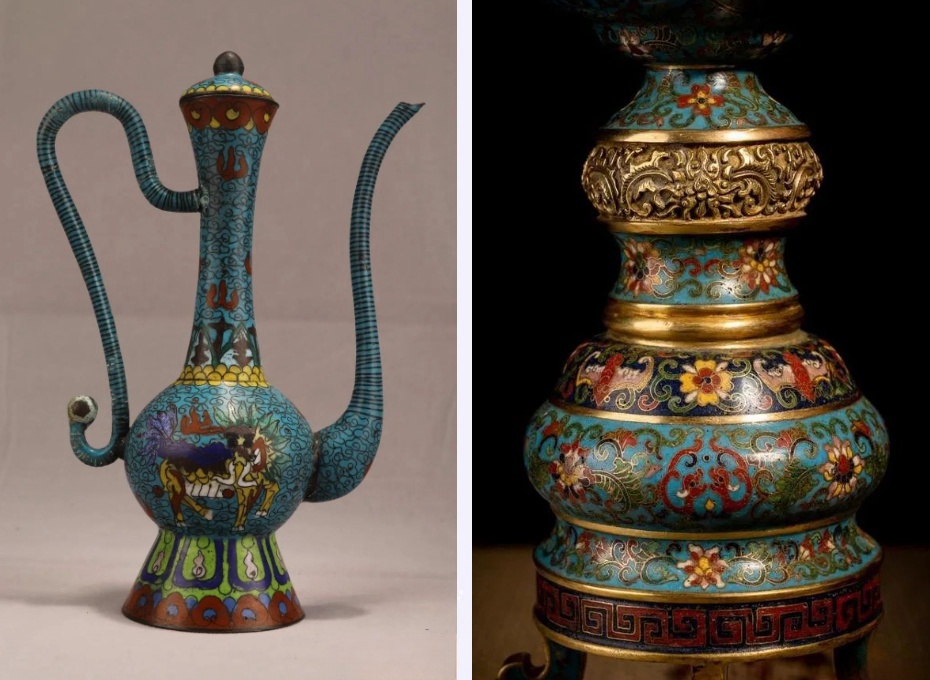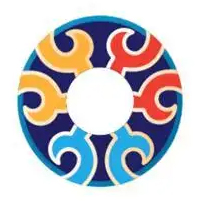Chinese Traditional Jewelry: Silver Cloisonné Five Phoenix Headpiece.

Enamel five-phoenix headwear is a traditional Chinese jewelry that is made using the filigree enamel technique. This technique involves using gold or copper wire to create patterns on a gold, silver, or copper base, and then filling the patterns with various colors of enamel through multiple processes. It is also known as Jingtailan. Filigree enamel is colorful, gorgeous, and particularly flourished during the Jingtai period of the Ming Dynasty. The colors include red, light green, dark green, white, grape purple, and emerald blue. The production process can be divided into seven steps: making the base, filigree work, soldering, blue dotting, blue firing, polishing, and gold plating.
Development Process
The filigree enamel technique was first introduced to China by Arab immigrants in ancient times. During the Yuan Dynasty, the Mongolians attached great importance to craftsmen and promoted the development of handicraft industry by setting up many workshops. After the Mongolians unified the country, with the increase of foreign exchanges, many skilled craftsmen came to China, including those who brought the technology and materials for firing filigree enamel from Arabia. However, due to the immature firing technology at that time, the production scale of filigree enamel objects was not large.
In the early Ming Dynasty, the cloisonné enamel craftsmanship gradually gained attention from the court. After the 15th century, this craftsmanship made great developments. Not only did the shape, variety, and glaze color improve significantly, but also the craftsmanship skills improved noticeably.
In the Qing Dynasty, the cloisonné enamel craftsmanship became more mature. During the Kangxi period, a cloisonné workshop was established in the palace, dedicated to the research and development of cloisonné utensils. Subsequently, during the Qianlong period, the cloisonné enamel craftsmanship reached its peak and established the Internal Household Manufacturing Office. Several craftsmanship centers were also set up in Guangzhou, Yangzhou, Suzhou, and other places. The cloisonné enamel craftsmanship during this period was skillful, with exquisite patterns and a variety of enamel colors.

Silver cloisonné phoenix headdress
This silver cloisonné phoenix headdress, produced at the beginning of the Republic of China, is a exquisite piece of art. Not only is the craftsmanship exquisite, but also the design of the layout is clever. The five phoenixes are arranged equidistantly, and the design of the head and neck of the hanging phoenix not only enhances the beauty of the ornament, but also provides a hanging point for the tassels.
The Cloisonne Five-Phoenix Headpiece showcases the unique craftsmanship and exquisite skills of traditional Chinese jewelry making. It represents the wisdom and creativity of ancient Chinese artisans and reflects the pursuit and admiration of beauty in Chinese traditional culture. This traditional jewelry has always been regarded as a precious and valuable item in history and is an important part of Chinese traditional culture.

